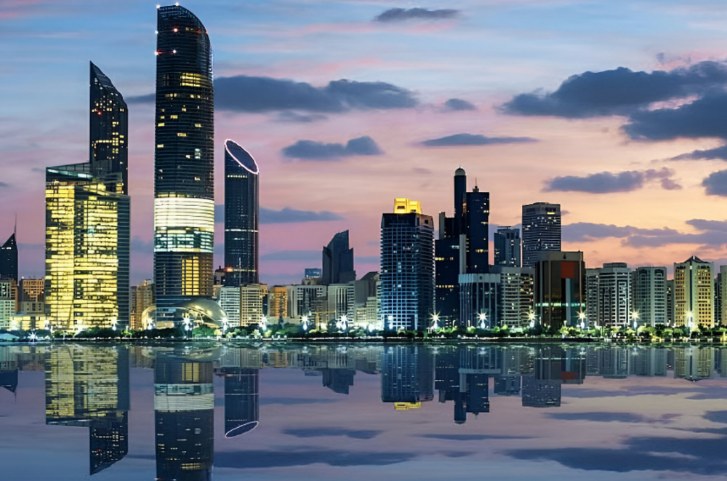
Business
Abu Dhabi Faces Affordable Housing Challenge as Population Rises
As Abu Dhabi’s population continues to expand — projected to reach 5.4 million by 2040 — the emirate faces increasing pressure to provide affordable housing. Industry experts are urging policymakers to focus on solutions such as repurposing older buildings and legalising shared housing to bridge the growing gap between supply and demand for lower- and middle-income residents.
According to Ben Crompton, Managing Partner at Crompton Partners, recent housing projects have largely catered to the upper mid-market and luxury segments, leaving many residents unable to find affordable living options. “There seems to be a very large gap between supply and demand at a lower level,” Crompton said, adding that the current stock is not sufficient to meet the demands of the city’s growing population.
Call for Legalised Shared Housing
Crompton advocates for regulating and legalising partitioned units in older villas and apartments. He suggests this move could provide a safer and more controlled solution compared to the informal and often unsafe shared accommodations that are beginning to proliferate as new arrivals look for cost-effective housing.
His comments come amid ongoing enforcement actions in Dubai, where illegally partitioned villas have been the subject of crackdowns. Crompton believes Abu Dhabi could face a similar issue if regulations are not adapted to match the evolving housing landscape.
Renovation Over New Builds
Given the high costs of new construction, Crompton recommends renovating existing buildings to accommodate multiple households legally. “It is hard to develop affordable housing when most profits are found in luxury projects,” he said. Renovation could offer a quicker, more sustainable path to address affordability while improving the city’s existing building stock.
Limited Supply Adds Pressure
Since 2020, new real estate developments in Abu Dhabi have mostly been priced above Dh10,000 per square metre. With only 3,000 new units delivered in 2024 against an increase of approximately 300,000 new residents, the mismatch is stark — about 100 new residents per housing unit, highlighting the urgency of the issue.
Luxury Demand Driven by Economic Factors
While affordability is a concern for many, Crompton acknowledges that the influx of financial professionals — particularly those moving to Abu Dhabi Global Market (ADGM) on Maryah Island — is likely to sustain demand for luxury housing. Assets such as the Guggenheim Museum and Disney theme park are also enhancing the emirate’s appeal for international residents and remote workers.
Need for Suburban Development
With central areas becoming increasingly expensive, Crompton suggests future development should focus on satellite communities beyond Reem Island and the Northern Islands. “Broad-based demand will push people to look for options further afield,” he said.
Long-Term Confidence Linked to Population Growth
Crompton also notes that a rising population supports market confidence. “Population growth means increases in rents, which drive investor sentiment,” he said. However, predicting future demand remains a challenge for developers. “It will be tough to accurately gauge demand three years ahead, which is often how long it takes from planning to handover.”
Despite the growing need for affordable housing, there is currently limited focus on budget-friendly development, Crompton added. “Most launches remain in the upper mid-market to super-luxury range. Projects under Dh10,000 per square metre are still rare.”
📢
Advertisement Space
750x200 pixels
Click to book this space
Comments (0)
Please log in to post a comment
Login to CommentNo comments yet. Be the first to share your thoughts!